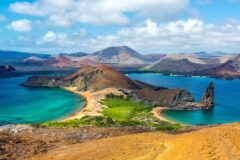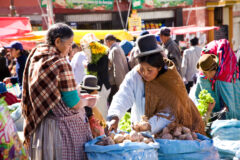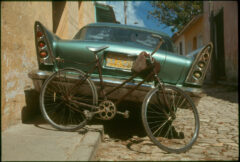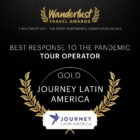The 14 most beautiful places in Chile – a specialist’s guide

Between the majestic Andes and the Pacific Ocean, Chile is a naturally beautiful slither of land encompassing a diverse array of landscapes. Read on to find out about the 14 most beautiful places in Chile and how you can visit them on your next trip there - alternatively, watch our YouTube video for a 60-second visual summary.
Featured holidays to Chile
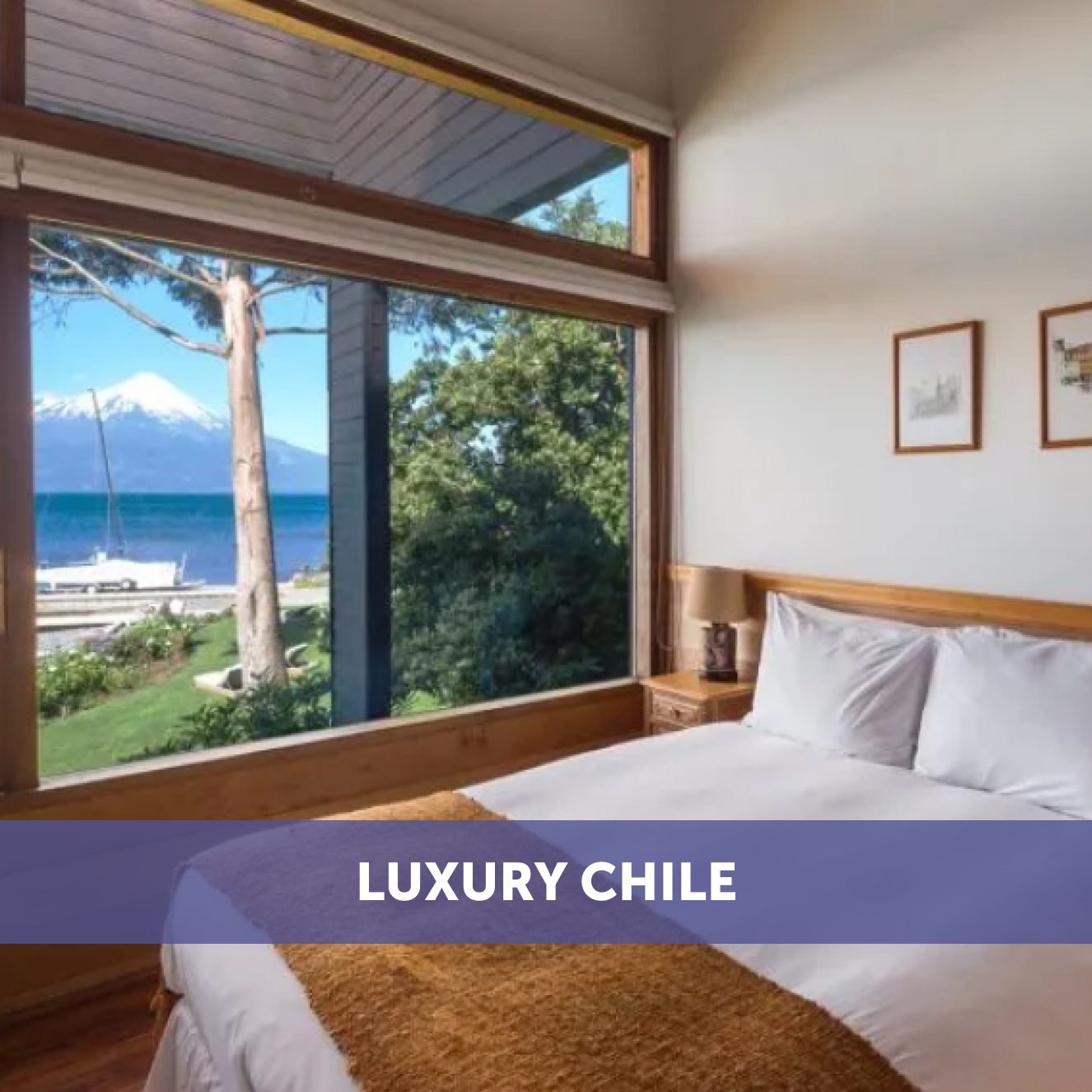 |
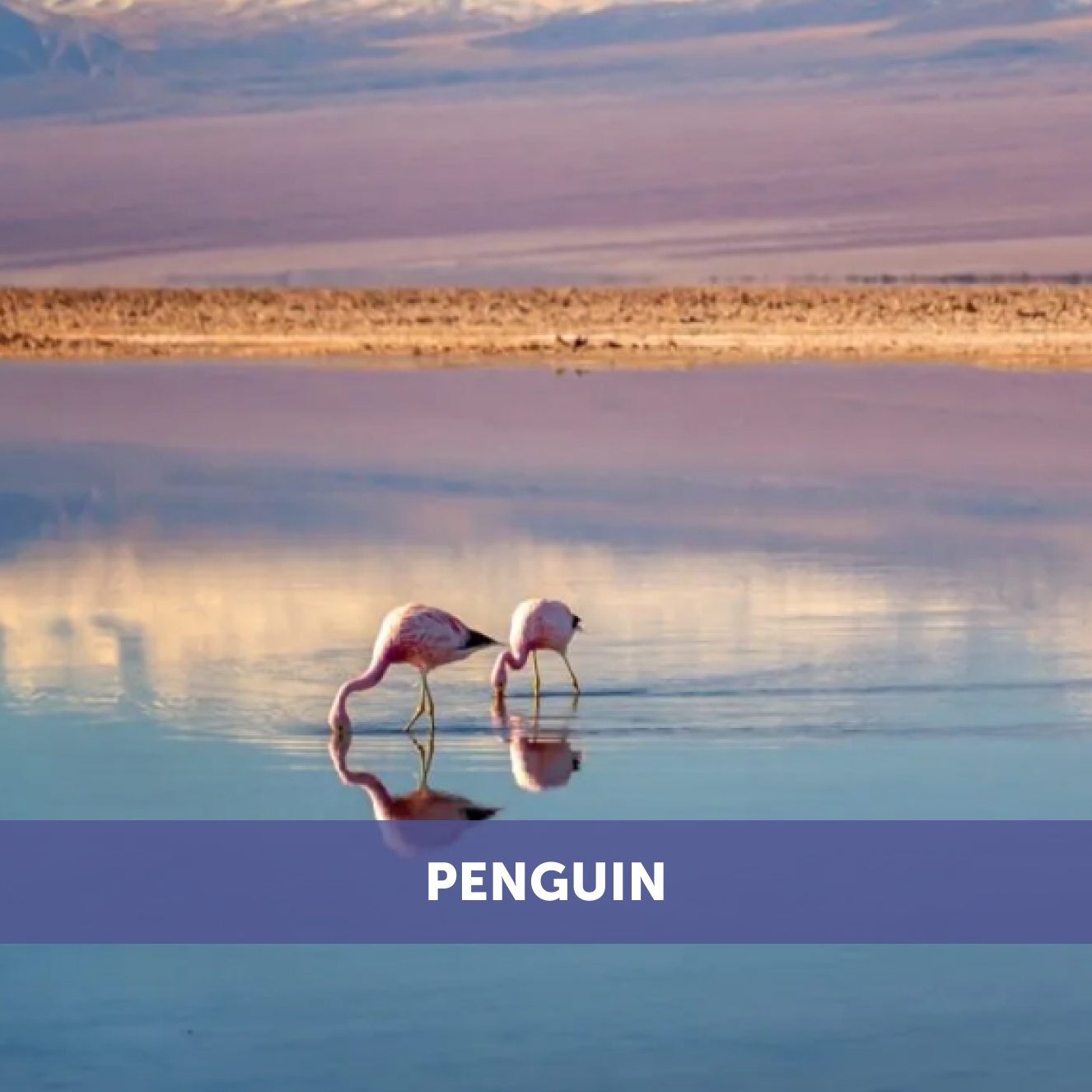 |
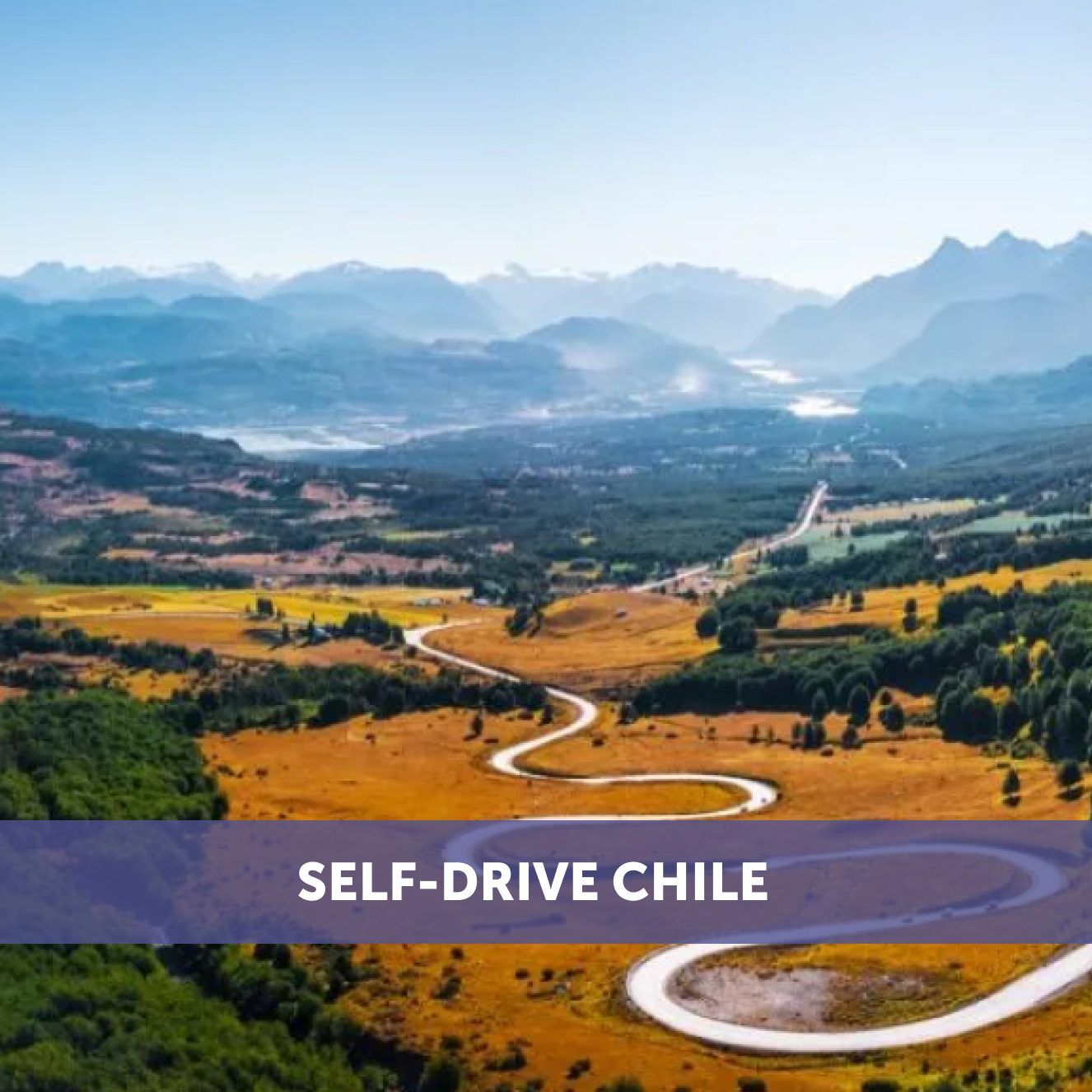 |
Santiago area
Since Chile’s main international airport is located in the capital, this will likely be the first place in the country you visit. Santiago itself boasts a collection of lovely hotels to spend the night on your way to other parts of Chile, and there are some beautiful places not too far away as the city’s Andean backdrop will attest.
Maipo Valley
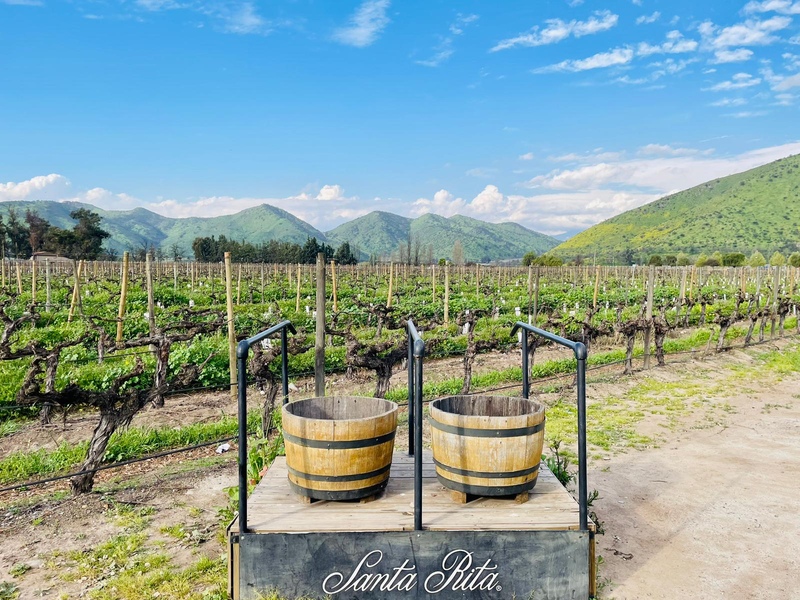
There’s no better place for a tipple or two of Chile’s world-famous wine than Maipo Valley. Historic estates, surrounded by lush vineyards, hug the Andean foothills and give this area the moniker the Bordeaux of South America. Given their proximity to Santiago, they make for the perfect side trip or even alternative to the capital city altogether.
Atacama Desert
Famed for its near-absence of rain, the Atacama Desert straddles Chile’s north between the Andes and the coast. Its best attractions can be found around the town of San Pedro de Atacama, whose Andean setting means the scenery gets especially otherworldly in places. San Pedro itself does not have an airport, so most people get there by flying to Calama and taking a transfer from there. Tours across the Uyuni Salt Flats in nearby Bolivia also begin and end in San Pedro, making them a convenient option for a cross-continent adventure.
Moon Valley (Valle de la Luna)
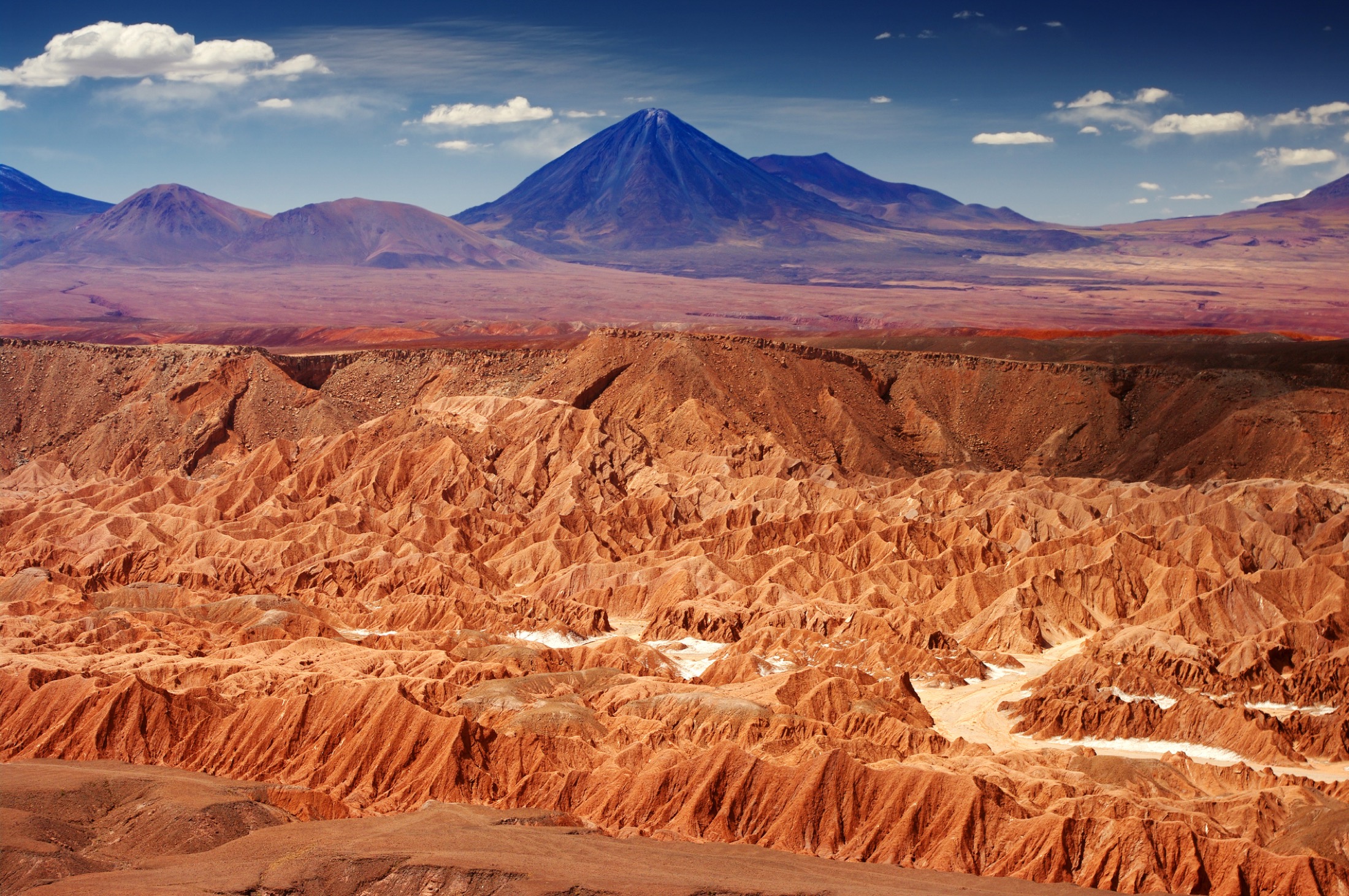
The Moon Valley is one of the Atacama’s top must-see's. As the sun sets and the sky turns purple, the razor-like rocks and peaks turn an orange red, their shadows jostling for space. If the landscapes feel a little Martian, NASA certainly agreed when they used the area to test out one of the first prototypes of the Mars Rover.
Tatio Geysers
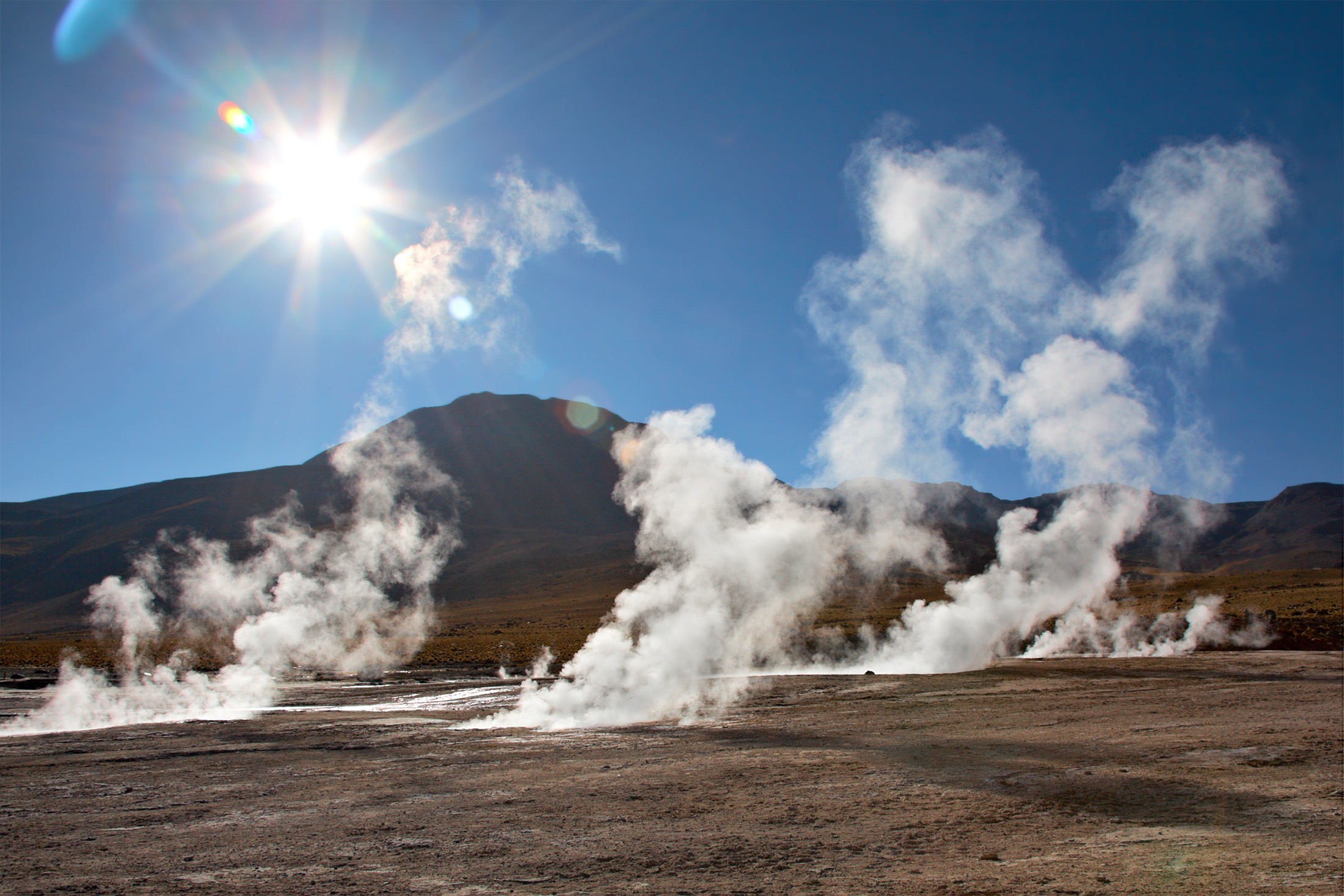
One of the world’s largest geyser fields, the Tatio Geysers are a cluster of over 80 plumes of steam rising up to ten metres into the air. Most tours visit at sunrise when the golden light brings out their beauty. On your way there, keep your eyes out for some of the Altiplano’s wildlife such as vicuñas, the alpaca’s wild relative.
Atacama lakes
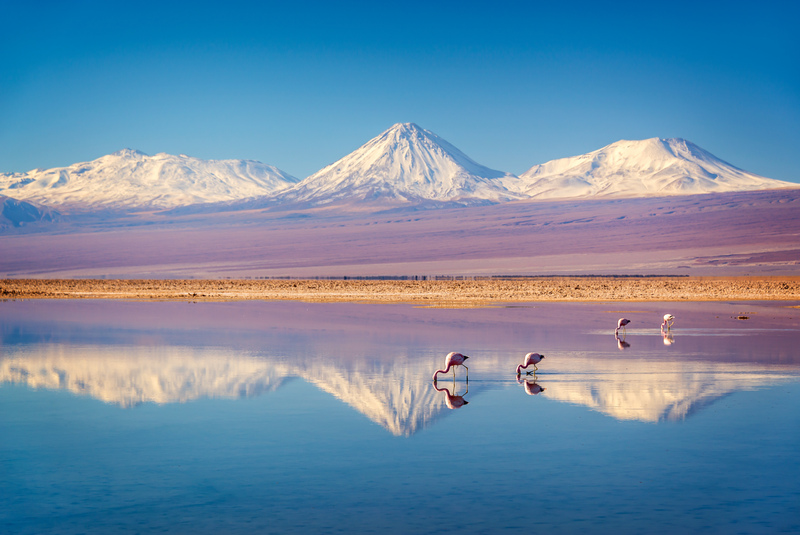
Flat calm lakes straddle the fringes of the Atacama and Altiplano, and have their own idyllic brand of beauty. The best two to visit are Laguna Chaxa with its three species of flamingo as well as other high Andean birdlife, and the emerald waters of Laguna Cejar, where you can float atop the salty surface as though you were in the Dead Sea.
The night sky
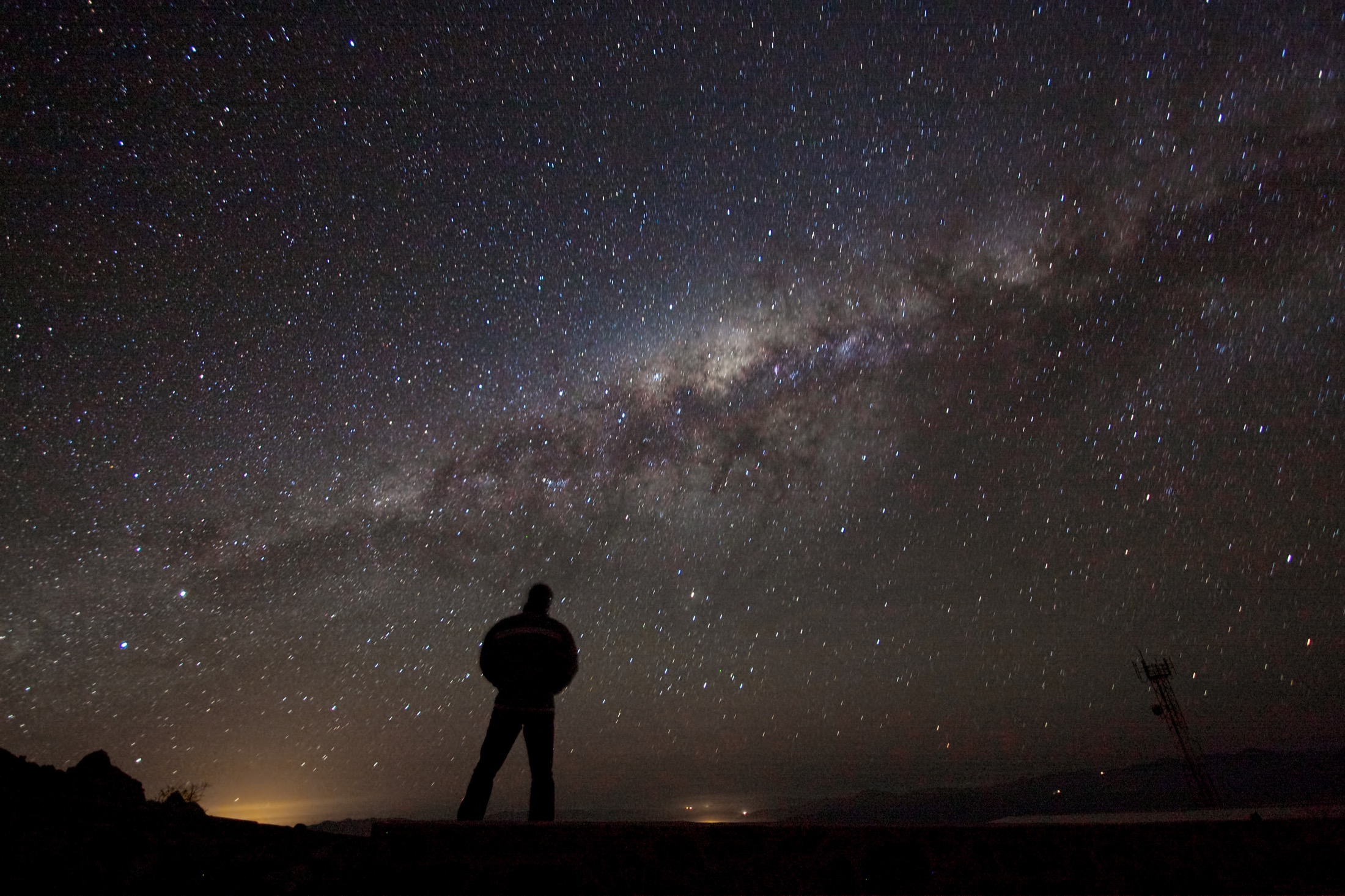
It’s always worth craning your head upwards when you’re in Chile's wilderness, but nowhere is this more so than in the Atacama Desert. A complete absence of clouds and a high altitude make this the ideal place to go stargazing. Head out with an expert guide who knows the pointillism of the night sky like the back of their hand and get shown its planets, nebulae and constellations, including some Incan ones.
Easter Island (Rapa Nui)
Isolated from the rest of Chile by about 2000 miles of open ocean, tiny Easter Island (known locally as Rapa Nui) is a place whose very name evokes a sense of wonder, much like Tibet or Timbuktu. Its famous moai statues are dotted all over, and you’ll spot plenty during your short hikes, drives or cycles around the island.
Anakena Beach
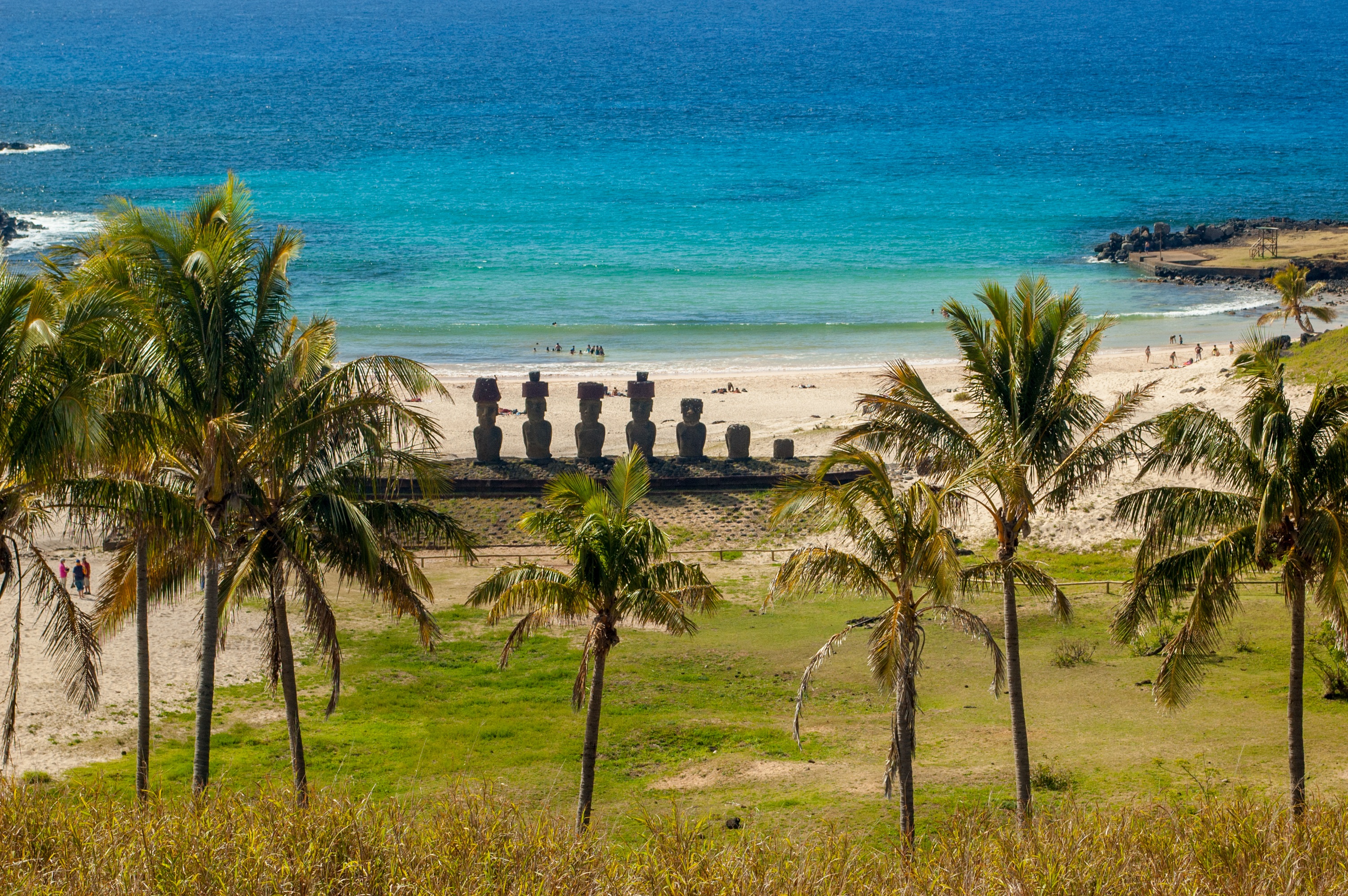
If there’s one place you should visit during your journey to isolated Easter Island, make it Anakena Beach. This stunning little bay is where you’ll find all that is good about Easter Island: creamy white sand cradling an electric blue sea, fringed by swaying palms and a line of moai statues standing watch over it all, enjoying the view as they have done for the last five hundred-odd years.
Lake District
500 km south of Santiago sits the start of “green” Chile. The landscapes around here are in some ways reminiscent of Blighty, especially in the countryside with its winding roads, rolling hills and abundant black and white cows. Yet there are plenty of signs you’re on the other side of the planet, especially if you happen to be staying near to the snow-capped volcanoes or the forests that are almost as much moss as they are trees.
Most people access the Lake District via the city of Puerto Montt, from which it’s an easy enough trip to either Chiloé or Puerto Varas. Further afield is the town of Pucón, which many outdoor lovers would say is worth the longer journey.
Palafito Villages

Chiloé’s palafito villages are a unique blend of bright red log cabins, of the kind you’d see in Norway and Canada, mixed in with stilts over the water like one would find in the Amazon. This was no accident: Chiloé’s palafitos had their roots in the fusion of European and Indigenous cultures when the island was first settled by colonists. Palafitos can be found in the towns of Castro, Ancud, Quemchi and Chonchi. Another uniquely Chilote example of Indigenous-European architecture is its unique wooden churches, many of which are UNESCO World Heritage Sites and were built without a single nail.
Muelle de las Almas
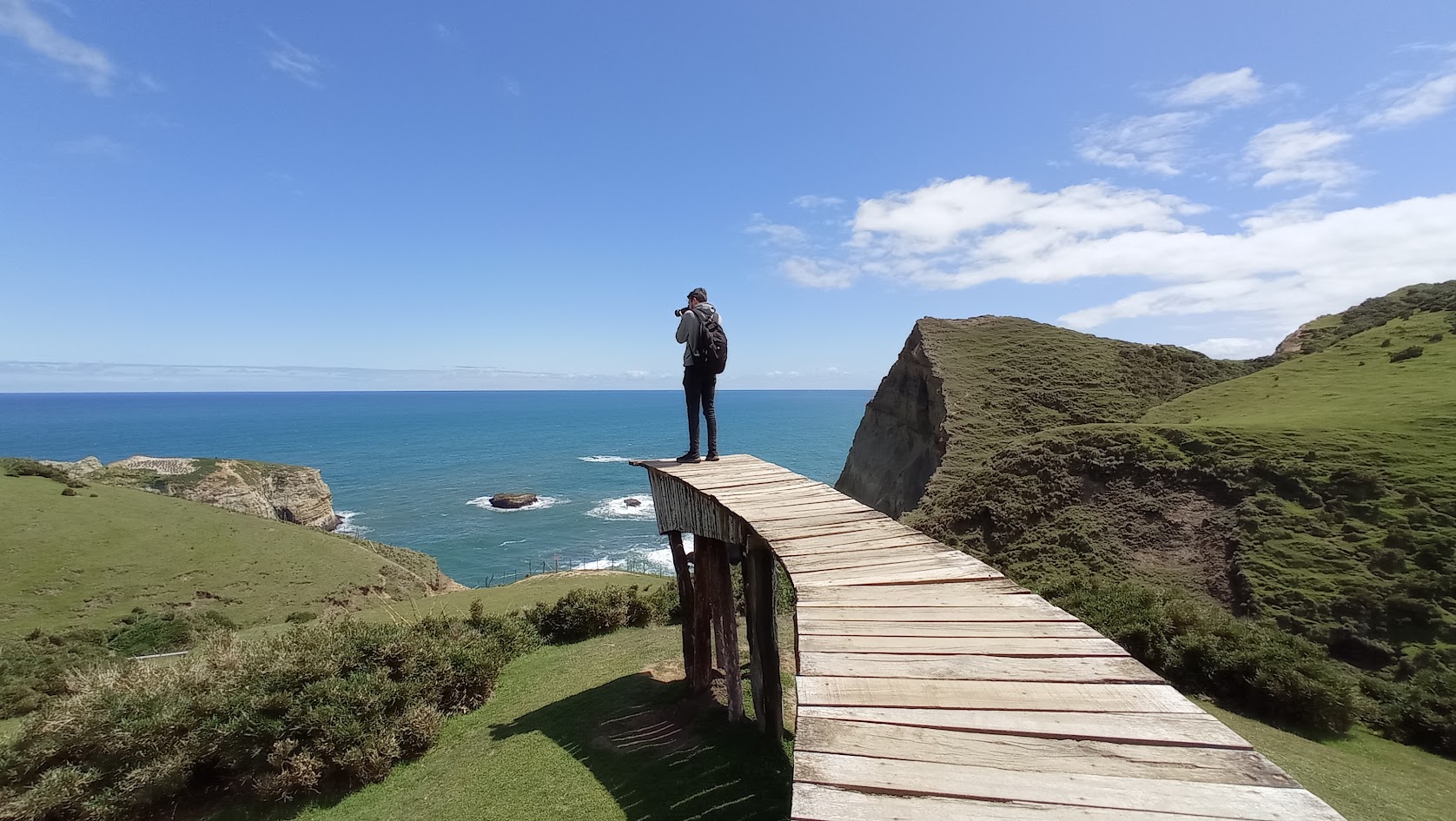
The verdant hills of Chiloé are caked in mossy forests and plunge into the sea in rather dramatic fashion around the island’s west coast, such is the land’s exposure to the Pacific. Things get even more fairy-tale-like around the Muelle de las Almas, the Dock of Souls. Named after a local legend that wandering souls pass through to the afterlife through here, the edge of the curved boardwalk is a popular place for a photo or two. Don’t worry – this work of art stops well short of the precipitous cliffs.
Puñihuil
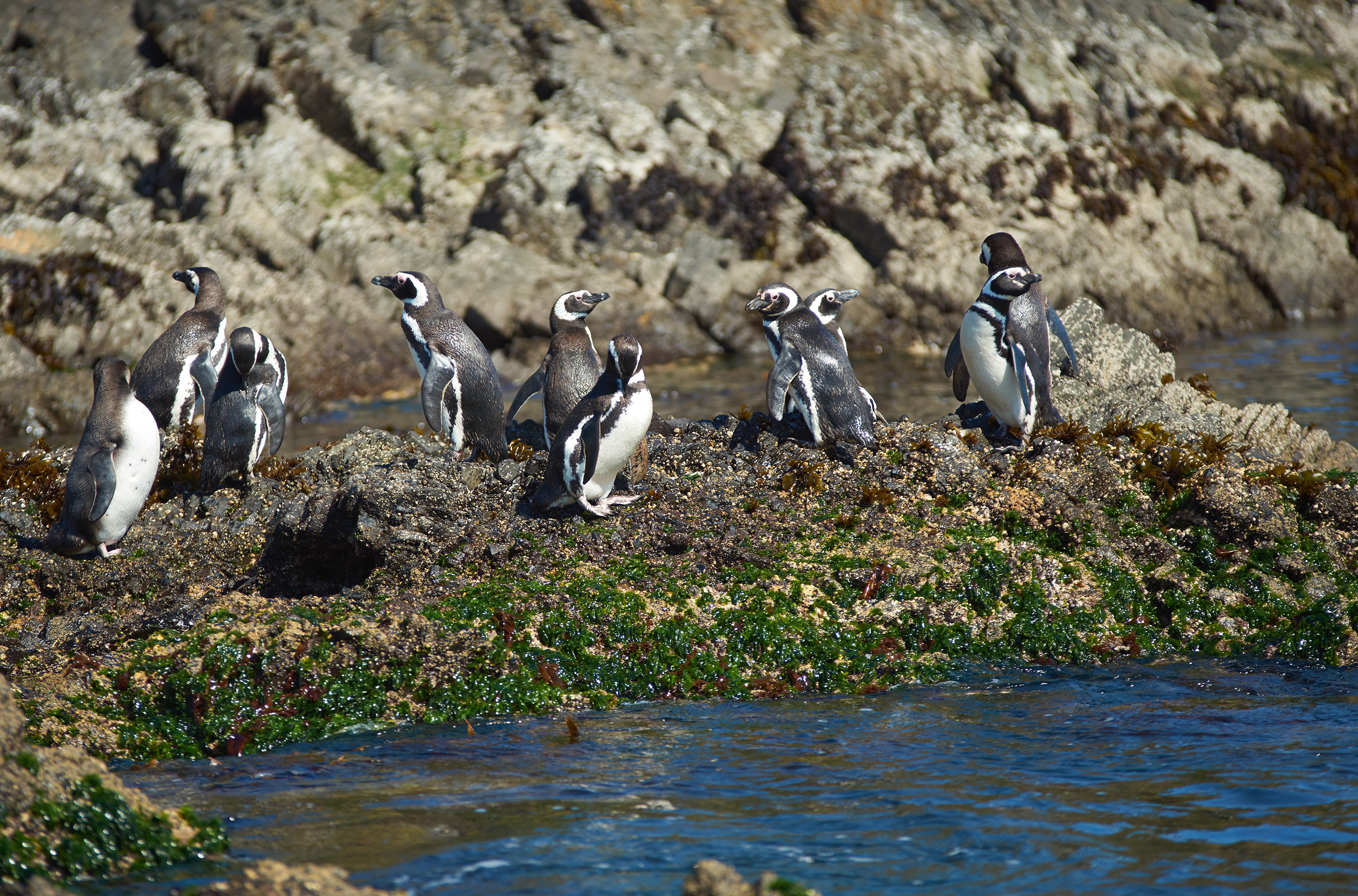
The islets of Puñihuil are made all the more dramatic by the sheer abundance of seabirds that call them home. Dove-white kelp geese share the wave-battered lower rocks with Humboldt and Magellanic penguins, this being the only place in South America where the two species’ ranges overlap. Crane your neck upwards and you’ll be treated to the sight of cormorants and brown pelicans comically crash landing and standing vigil over their nests. These avian residents are also often joined in the water by passing humpback whales and dolphins.
Lago Llanquihue
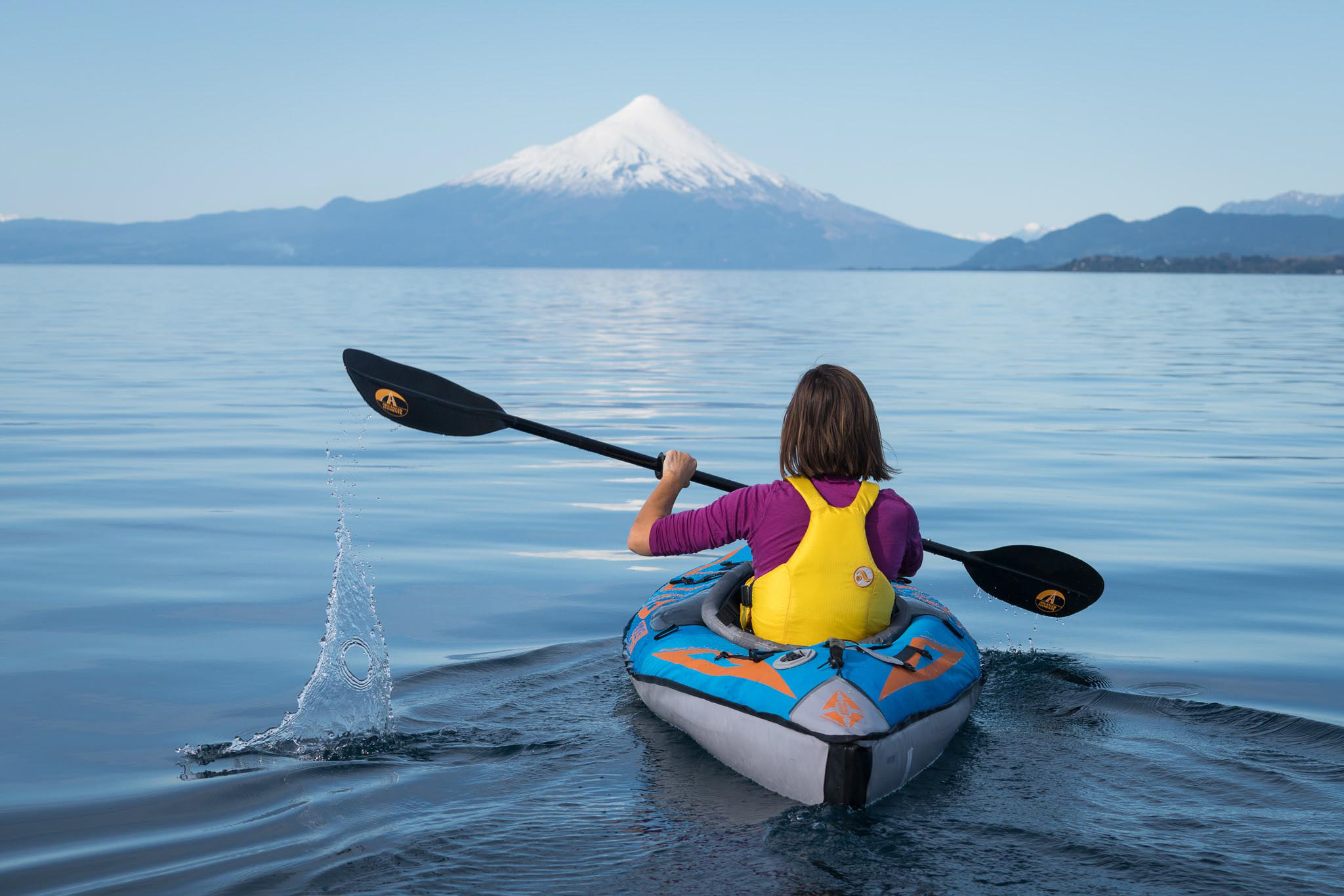
Chile’s Lake District has no shortage of its namesake feature, but if you’re going to visit just one, make it Lago Llanquihue. Sitting within easy reach of Puerto Montt, this sublime lake is ringed by pretty towns and loomed over by Volcan Osorno. Grab a paddle and kayak across the surface, or grab your boots and trek through the alerce forests, and end the day with a slice of local German-style kuchen cake.
Marble Caves
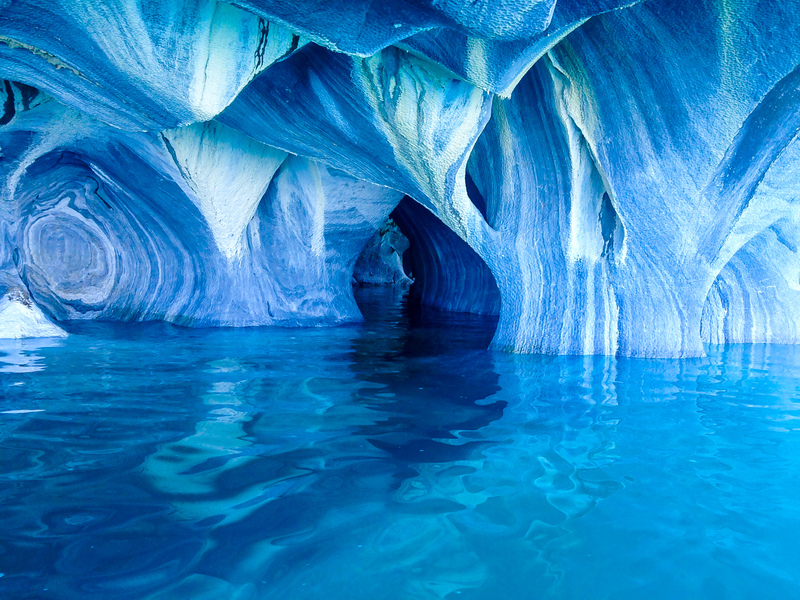
The Marble Caves get progressively more ethereal as you kayak your way through them. What begins as a cliff face with a base of stony stilts when you first lay eyes on it becomes a mesmerising labyrinth of bright blue and purple as you enter this subterranean wonderland. Was this how Alice felt?
Pucón
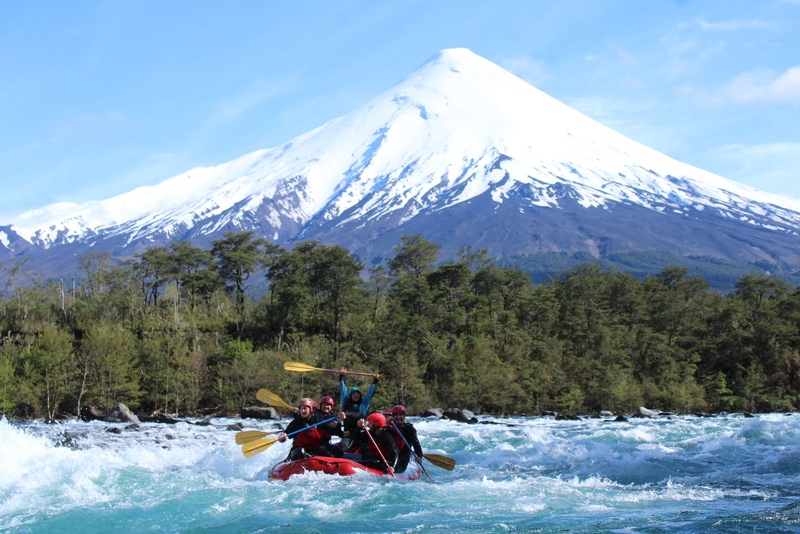
Come a thrill-seeker, leave a thrill-finder; the ecotourism town of Pucón made its bread and butter off mother nature, somewhat patterning itself off Costa Rica. The literal high point of many people’s visits here is climbing Volcan Villarica, a five-hour trek that will involve ice picks and crampons at the climax. Further down the slopes, skiers and snowboarders careen down the snow, whitewater rafters navigate the raging rivers and climbers creep the crags. When the day ends, there are plenty of hot springs to rest your feet in and an international dining scene in town to keep you fuelled.
Torres del Paine National Park
An almost unfairly beautiful corner of Chile where ice sheets meet a gathering of granite peaks, leaving bright blue lakes and glaciers scattered around the sides, Torres del Paine stands head and shoulders above its counterparts. Mix this in with some of Patagonia’s best wildlife, excellent roads in parts and trails miles from civilisation in others, and the only thing about this park that sparks no wonder is its popularity.
Puerto Natales is the gateway town to Torres del Paine, its small airport serving Santiago and Puerto Montt in the summer (when 95% of the park’s visitors arrive). Torres del Paine can also be reached overland from the regional capital Punta Arenas. The park lies roughly one and a half hours to the north and a paved road skirts the southern end of a cluster of lakes and overlooks the famous granite towers, so it is possible to visit as a day trip. Hiking circuits start from the lakes’ northern shores, with the famous W trek branching north into the valleys and up to Mirador Base. Mirador Base can also be done as a long day trip since its trailhead is located by a dirt road.
Accommodation in the park must be reserved far in advance, be it the simple refugios that line the hiking trails or the more luxurious lodges near the park’s roads.
Mirador Base

Mirador Base might just be the most iconic view in all of Chile. The azure lake snuggled under the gaze of the granite towers of Torres del Paine is a gorgeous reward for the hike it takes to get there: five hours of trekking through the steppes, lenga forests and swinging bridges that characterise much of the park.
Glacier Grey
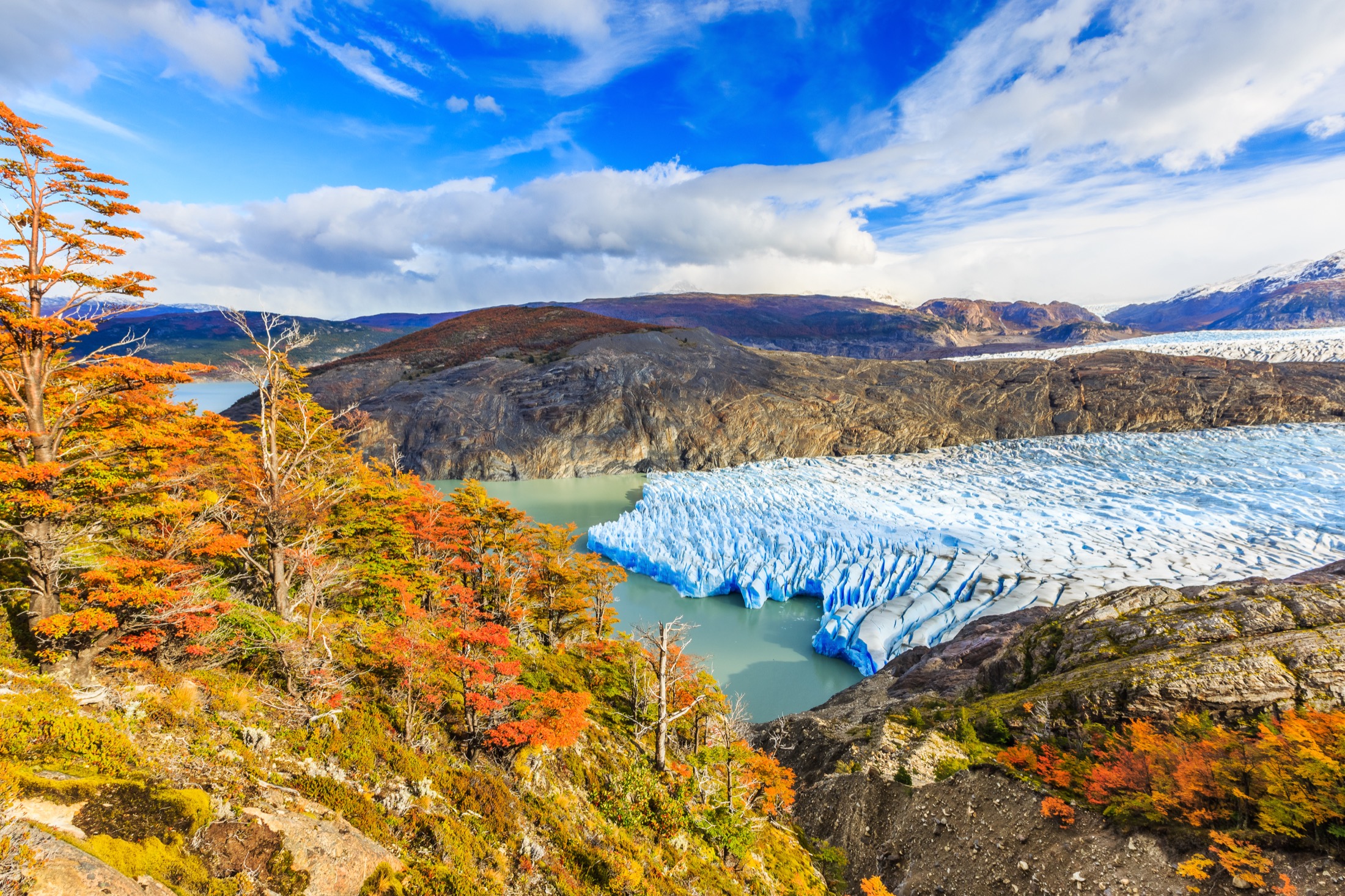
Glacier Gray, despite its rather dour name, is a highlight of many people’s visits to Torres del Paine. If you do either one of the park’s hiking circuits, you’ll spend the night about five minutes away from the viewpoint. Getting there will take you up and down the west side of Torres del Paine’s mountain cluster, with stunning views of the lake down below. Once you get to the camp and drop your belongings, the final five minutes end in pure bliss with the sun setting over the icy slices and crevices. Alternatively, you can see Glacier Grey on a boat trip, navigating through the lake’s icebergs and getting up close to the glacier’s icy face.
General Chile travel tips
- Chile, being a vertically long country, spans a variety of different climates. Comparing places in Chile to places in and around Europe:
- Atacama Desert: similar to Morocco
- Santiago: Spain
- Lake District: England
- Torres del Paine: northern Scotland
- You should generally bring layers and suncream wherever you go. The Atacama Desert, while baking during the day, can get quite cold at night, and Patagonia’s thin ozone layer makes it easy to get sunburnt without protection. On that note, we are currently offering everyone who books a Chile holiday with us a £250 voucher per person for equipment from Cotswold Outdoors.
- The official language of Chile is Spanish, although most people working in tourism will know basic English.
- Chile’s currency is the Chilean Peso, which generally hovers at around 1,000 to the pound.
- Petty crime can be a problem in the cities so apply the usual precautions of not taking too many valuables out with you and being mindful of your surroundings.
- Many visitors travel overland in the Lake District and in southern Patagonia, where the distances between everything means the journeys aren’t too long – plus, stunning scenery around every corner makes the journeys enjoyable. For other locations you’d generally be looking at taking domestic flights, most of which will transit through Santiago.
- Summer in Chile falls during our winter. As a rule of thumb, places north of Santiago can be visited all year round, while Patagonia is best visited during the summer. That’s not to say it can’t be visited in winter, which to be sure brings its own kind of beauty, but travel becomes significantly more challenging at this time with many hotels closed.
- Chile has three time zones: Easter Island, the Magellan region in the far south and the remainder of Chile.
- Credit and debit cards are generally accepted everywhere, and ATMs are plentiful.
 |
Tailor-made holidays
Flexible, custom-made holidays to Latin America created to match your exact requirements: our tailor-made itineraries are as unique as the clients for whom they are designed.
Design my tripPapagaio
Your edit for Latin American inspiration
Our exciting range of articles on Latin America explore everything from iconic destinations and lesser-known cultural gems to delicious traditional recipes. You’ll also find exclusive travel tips, first-hand client reviews and the chance to get your personal questions answered by our travel experts.
View Extraordinary Inspiration